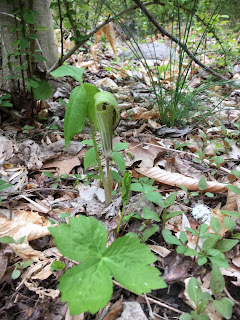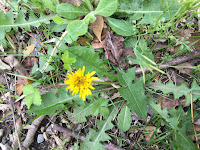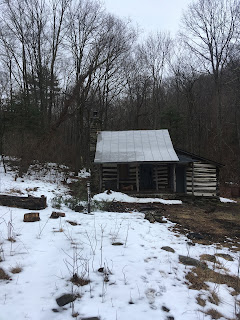Late Summer Decadence

Tomatoes, mushrooms and waterfall play.. the joys of late summer. Having been a practitioner of growing much of my food in a biologically sane and sustainable way for most of my life, these are the halcyon days... Tomatoes perhaps being the highlight! But also the potatoes, buttery good... and the cranberries.. and the blackberries and herbs... ok pretty much everything... Nature provides even more delicacies! But also just as fulfilling is the "second season" of edible mushrooms.. None are pictured because I don't want anyone to use social media as a way of thinking they can discern edible from toxic fungus... But as morels are easily distinguishable in the spring, so are Chicken of The Woods and Black Trumpets.. and delicious too! Black Trumpet, in particular ... chopped and sautéed lightly in butter, served over grits with eggs... ah the smokey richness is beyond words! And of course our largest native fruit.. the pawpaw! Growing both stream side and in moist mountain





